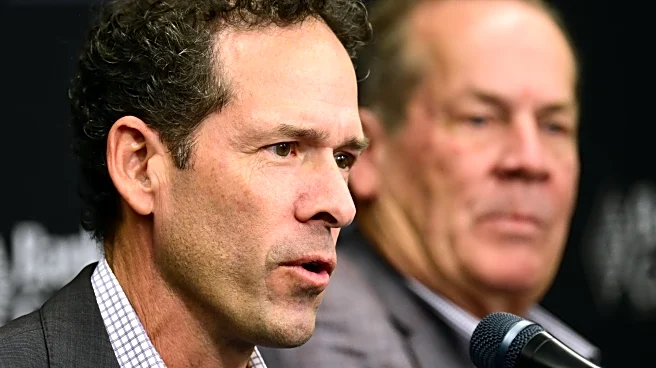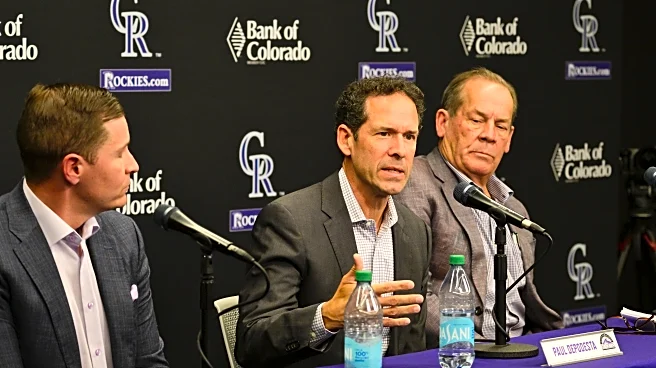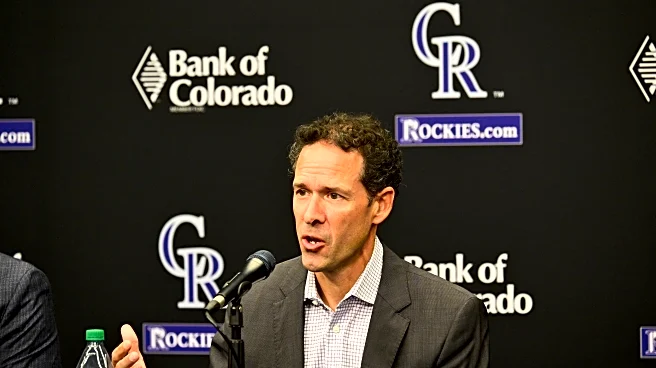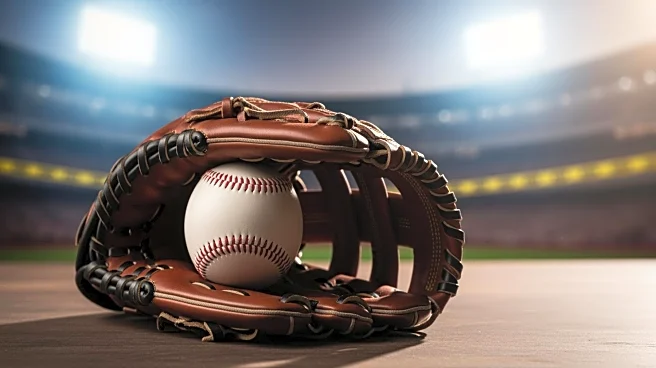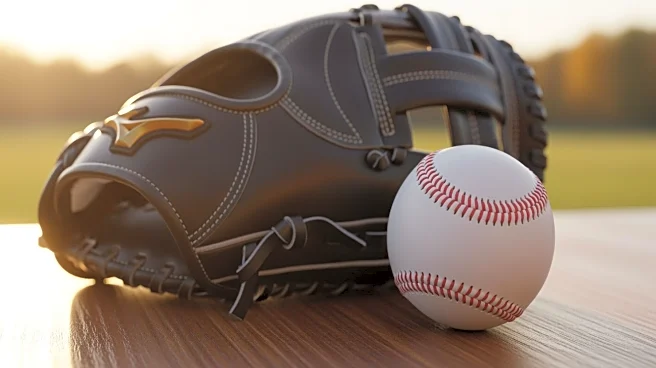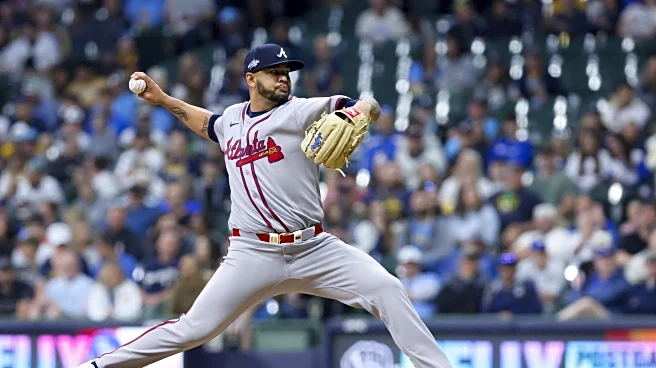Welcome to the 2025 edition of Ranking the Rockies, where we take a look back at every player to log playing time for the Rockies in 2025. The purpose of this list is to provide a snapshot of the player in context.
The “Ranking” is an organizing principle that’s drawn from Baseball Reference’s WAR (rWAR). It’s not something the staff debated. We’ll begin with the player with the lowest rWAR and end up with the player with the highest.
No. 22, Kyle Karros (0.0 rWAR)
Among the numerous rookies who debuted for the Colorado Rockies in 2025, Kyle Karros appears to be the only one with a secure spot for Opening Day next season.
Drafted in the fifth round from UCLA in 2023, Karros seemed like an under-the-radar pick for the Rockies. The son of former Dodger great Eric Karros, the young third baseman was known for his quality glove and a plate approach that emphasized contact.
While in the minors, Karros continued to build on that reputation. His excellent defense at the hot corner, courtesy of a strong arm alongside his athleticism and range, earned a Gold Glove in 2024, while his bat earned him MVP honors in the Northwest League en route to winning a championship with the High-A Spokane Indians.
Entering 2025, Karros was likely to start the year in Double-A Hartford, but the consensus from the team seemed to be that they thought highly of him and he had a chance to ascend quickly if things worked in his favor. He got a chance to audition for the club in spring training as a non-roster invite. In 17 games of Cactus League play, Karros slashed .243/.317/.297 with two doubles and six RBI while striking out 11 times with four walks.
As expected, he was sent to Hartford, where he picked up where he left off in 2024. Through his first 22 games with the Yard Goats, Karros slashed .333/.447/.513 with two home runs, 10 RBI, and 13 walks against 21 strikeouts. Unfortunately, he suffered an injury in early May that sidelined him for most of the month before returning on June 3 after a brief rehab stint in Arizona.
Upon his return, he proceeded to slash .269/.367/.429 over his next 33 games with two home runs and 11 RBI. Even more enticing was the 19 walks against 24 strikeouts in 140 plate appearances. In 55 total games, Karros hit .294/.399/.462 with four home runs and 32 walks (against 45 strikeouts) with Hartford. That production earned him a promotion to Triple-A Albuquerque after the All-Star Break, putting him on the doorstep of the big leagues.
As Karros continued to perform with the Isotopes, things were getting interesting for the Rockies at third base. On July 25, the Rockies sent third base staple Ryan McMahon to the New York Yankees for a couple of prospects. Questions swirled about who would fill the gap left by McMahon, and the Rockies seemed to settle on using veteran Orlando Arcia. However, while Arica’s defense was fine, the bat was severely lackin,g and it was clear he was not the right answer, even in a lost season.
Meanwhile, Karros was carrying a .306/.368/.500 slash with two home runs in 16 games with the Isotopes. Figuring the team could use the rest of the season to evaluate what they had in their system, Karros got the call of August 8 to join the Rockies and make his debut that same night against the Arizona Diamondbacks.
After securing his first big league hit that night, Karros ended up playing in 43 games with the Rockies. He started in 41 of those games, 40 at third base. On the surface, Karros didn’t have the best time at the plate. He ended up batting .226/.308/.277 with just one home run —that happened to come against the Dodgers, no less — while driving in nine. However, beneath the surface, there were some hints of the type of contributor Karros could be for the Rockies.
He struck out 41 times, but he also managed 15 walks and a .309 BABIP. Karros didn’t chase much, and while his whiff rate was a little higher here, there was evidence that he could settle in at the big league level. There was a stark contrast between McMahon’s swing tendencies and Karros’s. With the infusion of Karros and players like Warming Bernabel, the strikeout-heavy Rockies saw a little more patience and a lot more contact.
There’s still plenty of room for Karros to improve at the plate. Running out of steam played a role in the uninspired results with the bat, but his approach of making good contact and aiming for the gaps will play at Coors Field and hopefully help him tap into more power as he learns to build up his muscle mass. Yes, even at six-foot, five-inches and 220 pounds, there is room for Karros to fill out more.
While the bat is still in development, the glove is going to give Karros a leg up to figure things out. The Rockies have a long reputation of excellent glove work at the hot corner, thanks to Nolan Arenado and McMahon, and Karros proved that he has the chops to carry the torch. He was valued at four Outs Above Average and three Defensive Runs Saved. He knows how to use every bit of his lanky frame and is agile on his feet. In his brief time with the Rockies this season, he produced several highlight reel plays that will please any pitcher he plays behind.
Like this snag at third.
Or this unassisted double play.
And how about this diving play?
Of course, a leaping grab is always neat, too.
There is no doubt that he can be one of the league’s very best at third base. But a glove can’t be all that he is known for.
Pending any drastic moves from the new President of Baseball Operations, Paul DePodesta, it seems safe to say that Karros will be the starting third baseman to open the 2026 season. From the times I have had to interview him, Karros has the right mindset and makeup to be a successful major leaguer. He has a great resource in his father, but what will make him great is to take the raw tools he currently has and adapt them to the big league level.
He has proven he can hit at every level he’s played at, so why not the majors? The glove has already arrived; now it’s just a matter of time until the bat does too.
Please keep in mind our Purple Row Community Guidelines when you’re commenting. Thanks!


